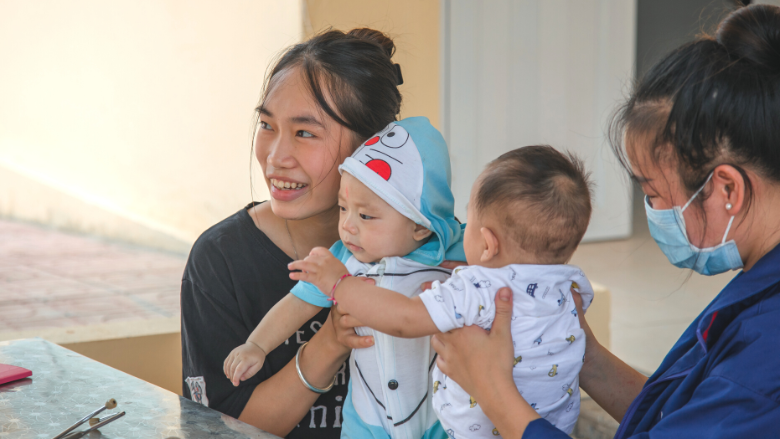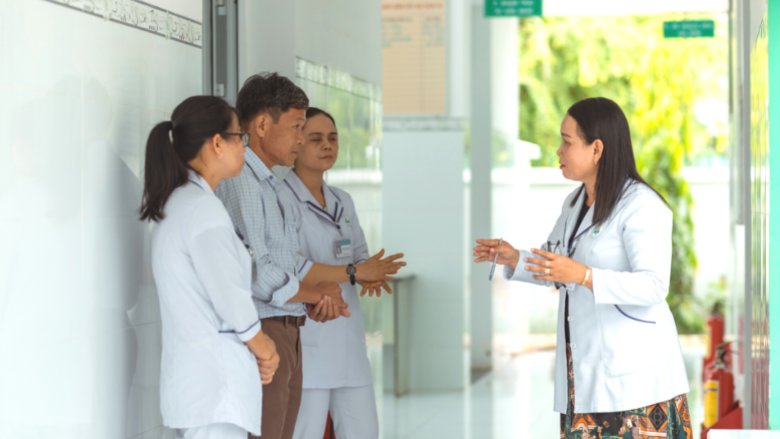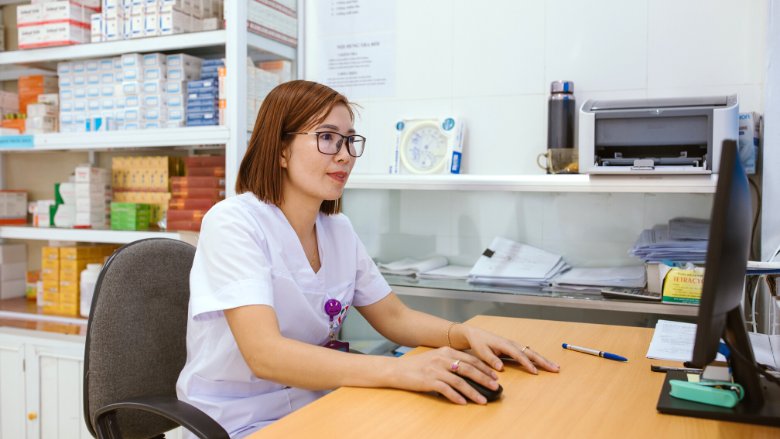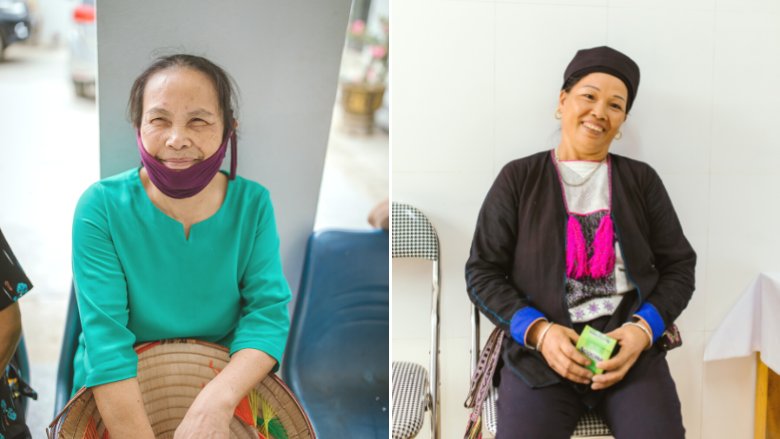It’s a three-hour drive from the center of Vietnam’s Van Yen District to remote Lang Thip Commune – if you have a car. If you’re on a motorbike, as most are, the journey is considerably longer. It has been an uncomfortable ride for many locals seeking medical care.
Lang Thip’s commune health station was understaffed and under-resourced; able to provide vaccinations, but unable to deal with resurgent non-communicable diseases such as hyperextension, stroke, or diabetes.
No longer. The World Bank’s Vietnam Investing and Innovating for Grassroots Health Service Delivery Project has transformed the Lang Thip commune health station, and many like it, into effective community health resources.
The project is helping commune health stations in 13 provinces take on new roles in detecting and managing non-communicable diseases. It is also helping strengthen the role health stations play in disseminating health promotion programs, controlling infectious diseases, and providing essential mother and child healthcare services. As of November 2022, the project has supported the construction and renovation of 186 health stations and provided on-the job training for more than 2,900 staff.
Midway into project implementation, the project is delivering results. On a recent visit, the Lang Thip station’s new building was a full house. Walls were hung with colorful health information promoting breastfeeding and other health practices and guidelines.
One patient, Cu Thi Lien, once headed a health station in Yen Bai Province, and is now a regular visitor to Lang Thip for hypertension.
“Ten years ago, when I worked here, the Commune Health Station (CHS) was a make-shift house, operated without a doctor and focused mostly on giving immunization shots,” she said. “What we see at the CHS now is a completely different story.”
What Cu finds at Lang Thip these days is a modern facility, with doctors and a good supply of drugs. She is able to obtain insurance-covered examination and medications on the spot.
“It is so convenient,” she said.
After the facility’s renovation, patient visits increased by 1.5-fold to 500 patients per month, and more than half of them were seeking care for non-communicable diseases, said Ban Van Loi, head of the health station.
Prominent in the facility is a big white board showing key health monitoring indicators and responsibilities of each of the five staff members. Ly Thi Mai, a nurse who received technical training from the project, manages patient records with software.
“It makes it much easier to keep track of each patient’s conditions and treatment,” she said.




